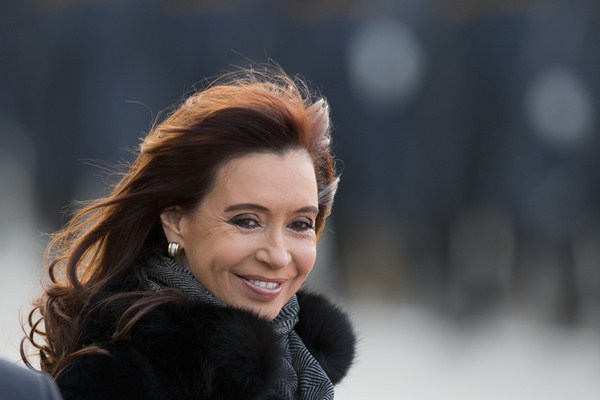After a 12-year run, Kirchnerismo is nearing its end in Argentina. The next president, who will assume office in December after general elections in October, will inherit a country ready for a course correction—if not a complete change. There is no easy fix to the many ingrained political, economic and social problems that have befallen Argentina over the course of President Cristina Fernandez de Kirchner’s eight years in power, which followed the four-year presidency of her late husband, Nestor Kirchner. Still, great promise is the age-old tale in Argentina, and by putting a few key policies in place, the next administration has a chance to revive domestic and international optimism about the country’s economic potential.
Argentina today is often an afterthought for investors looking at opportunities across emerging markets—a remarkable shift from Nestor Kirchner’s term, when commodity prices were high and economic growth averaged 9 percent annually. That turnaround came only two years after the country’s long-simmering financial crisis erupted into full-blown disaster, resulting in capital controls and Argentina’s sovereign debt default in December 2001.
As Cristina Kirchner’s term now draws to a close, the Argentine economy has once again run out of steam. The International Monetary Fund (IMF) predicts that the economy will contract by 0.3 percent in 2015 and grow by only 0.1 percent next year. Inflation is projected to top 18 percent this year and to edge up 4 more percentage points in 2016, giving Argentina the dubious distinction of being among the world’s top-five inflationary economies. Add in ever-higher rates of unemployment, currency depreciation and, of course, the fact that the country is still technically in default, and it’s no wonder that Kirchner is globetrotting looking for fast cash.

